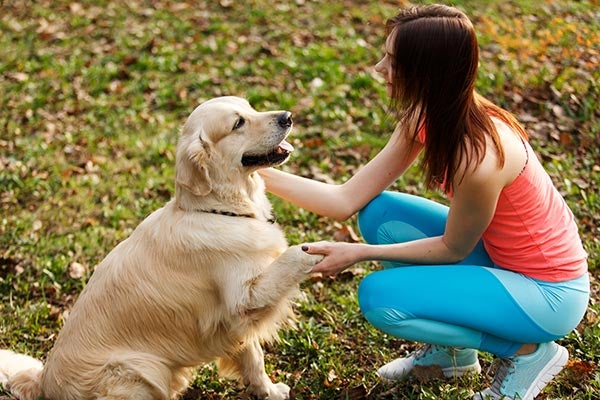Blitz News Digest
Stay updated with the latest trends and insights.
Train Your Dog, Not Yourself!
Transform your dog's behavior without the stress! Discover fun, effective training tips that make your pup the star of the show!
The Top 5 Training Techniques Every Dog Owner Should Know
As a dog owner, mastering effective training techniques is crucial for fostering a well-behaved and happy pet. Here are the top 5 training techniques every dog owner should know:
- Positive Reinforcement: This technique involves rewarding your dog with treats, praise, or playtime when they display desirable behavior. Instead of punishing bad behavior, focus on reinforcing good habits to encourage your furry friend to repeat them.
- Clicker Training: Using a clicker to mark good behavior lets your dog know the exact moment they’ve done something right. Pair the click with a reward for effective learning.
- Leash Training: Teaching your dog to walk properly on a leash prevents pulling and makes walks enjoyable. Start with short walks and gradually increase the distance as they learn to stay beside you.
- Socialization: Exposing your dog to various people, environments, and other animals helps them become well-adjusted. Early socialization is key to preventing behavioral issues later on.
- Obedience Commands: Fundamental commands like 'sit,' 'stay,' and 'come' are essential for communication. Consistently practicing these commands in different settings enhances your dog's responsiveness.

Why Positive Reinforcement is the Key to Effective Dog Training
Positive reinforcement is widely recognized as a fundamental principle in effective dog training. This method involves rewarding desired behaviors to encourage their repetition, creating a strong bond of trust between the dog and the trainer. By focusing on positive outcomes, dogs are more likely to engage in behaviors that are rewarded, which not only expedites the training process but also fosters a happier and more motivated pet. The effectiveness of this approach is evident in its widespread use among professional trainers and pet owners alike, proving that kindness and patience yield better results than punitive measures.
Implementing positive reinforcement can be easily achieved through various methods, such as treats, praise, or playtime. For instance, when your dog sits on command, offering a treat or enthusiastic praise reinforces that behavior. It's crucial to remember that the timing of the reward matters; rewarding a dog immediately after they perform the desired action helps them associate the behavior with the reward. Additionally, incorporating an effective training routine that consistently uses positive reinforcement techniques not only shapes a well-behaved dog but also promotes a lifelong positive relationship between the owner and their furry companion.
Is Your Dog Ignoring You? Common Training Mistakes to Avoid
If your dog seems to be ignoring you, it could be a result of common training mistakes that many pet owners make. One prevalent issue is inconsistent commands; if you use different words for the same action, your dog may become confused and less responsive. For example, if you say 'sit' one day and 'sit down' the next, it can muddle their understanding. To avoid this, establish a consistent vocabulary and stick to it. Additionally, ensure that your dog's training sessions are engaging; long and tedious sessions can lead to boredom, making them less likely to respond to commands.
Another mistake to avoid is neglecting positive reinforcement. If you rarely reward your dog for good behavior, they might not see the value in following your commands. Aim to reward your dog with treats, praise, or playtime when they respond correctly, as this helps to strengthen their understanding and willingness to obey. Lastly, be aware of your body language; dogs are highly attuned to non-verbal cues. If you appear frustrated or disinterested, your dog may become anxious or disengaged. Training should be a fun and rewarding experience for both you and your furry friend!